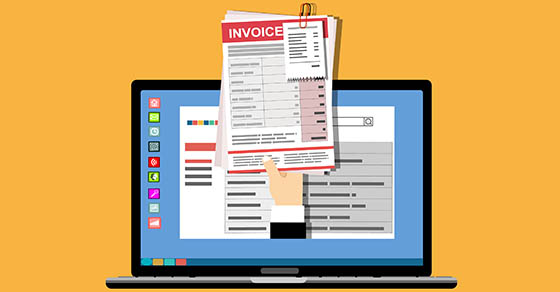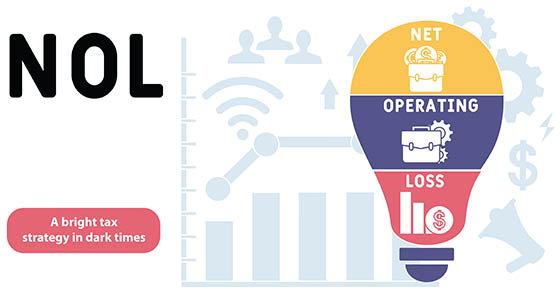If your business occupies a large space and you’re planning to relocate, expand or renovate in the future, consider the potential benefits of the rehabilitation tax credit. This could be particularly valuable if you’re interested in historic properties.
The credit is equal to 20% of the qualified rehabilitation expenditures (QREs) for a qualified rehabilitated building that’s also a certified historic structure by the National Park Service. A qualified rehabilitated building is a depreciable building that has been placed in service before the beginning of the rehabilitation and is used, after rehabilitation, in business or for the production of income (and not held primarily for sale). Additionally, the building must be “substantially” rehabilitated, which generally requires that the QREs for the rehabilitation exceed the greater of $5,000 or the cost of acquiring the existing building.
Eligible expenses
A QRE is any amount chargeable to capital and incurred in connection with the rehabilitation (including reconstruction) of a qualified rehabilitated building. Qualified rehabilitation expenditures must be for real property (but not land) and can’t include building enlargement or acquisition costs.
The 20% credit is allocated ratably, to each year in the five-year period beginning in the tax year in which the qualified rehabilitated building is placed in service. Thus, the credit allowed in each year of the five years is 4% (20% divided by 5) of the QREs concerning the building. The credit is allowed against both regular federal income tax and alternative minimum tax.
Permanent changes to the credit
The Tax Cuts and Jobs Act, signed at the end of 2017, made some changes to the credit. Specifically, the law:
- Now requires taxpayers to claim the 20% credit ratably over five years instead of in the year they placed the building into service, and
- Eliminated the 10% rehabilitation credit for the pre-1936 buildings.
It’s important to note that while many individual tax cuts under the TCJA are set to expire after December 31, 2025, the changes to the rehabilitation tax credit aren’t among them. They’re permanent.
Maximize the tax benefits
Contact us to discuss the technical aspects of the rehabilitation credit. There may also be other federal tax benefits available for the space you’re contemplating. For example, various tax benefits may be available depending on your preferences regarding how a building’s energy needs will be met and where the building will be located. In addition, there may be state or local tax and non-tax subsidies available.
Beyond these preliminary considerations, we can work with you and construction professionals to determine whether a specific available “old” building can be the subject of a rehabilitation that’s both tax-credit-compliant and practical to use. And, if you find a building that you decide to buy (or lease) and rehabilitate, we can help you monitor project costs and substantiate the project’s compliance with the requirements of the credit and any other tax benefits.











